Same Day Shipping EMI & COD on most products
Trusted Partner Since 1969
GST B2B Billing  Help
Help  00919699976817
00919699976817
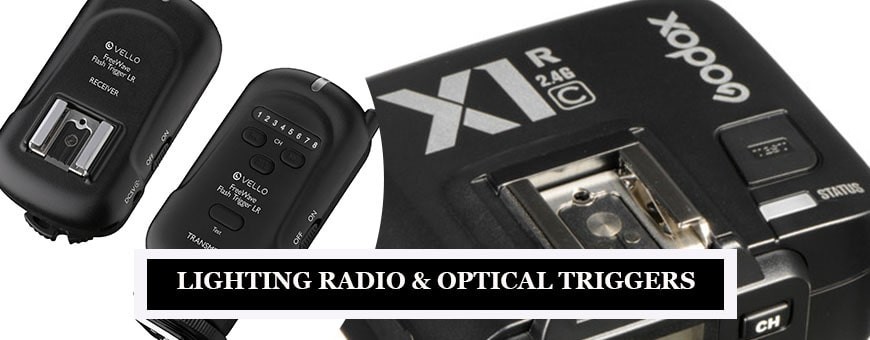

Showing 1–24 of 50 results
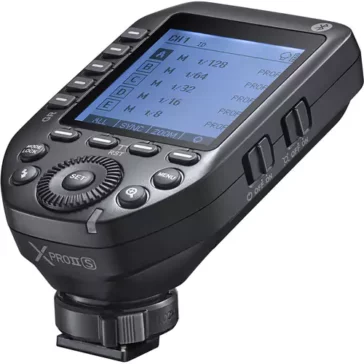
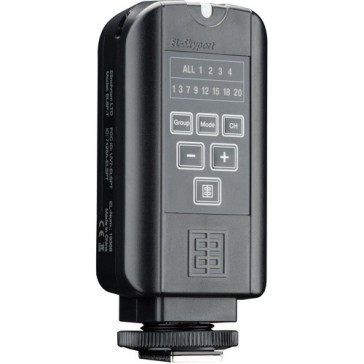
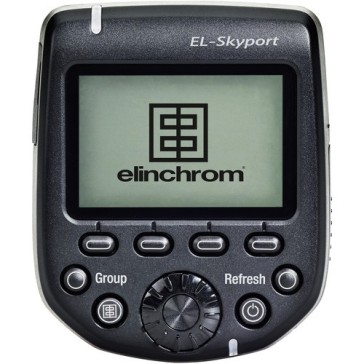
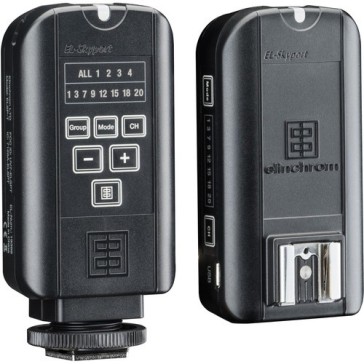
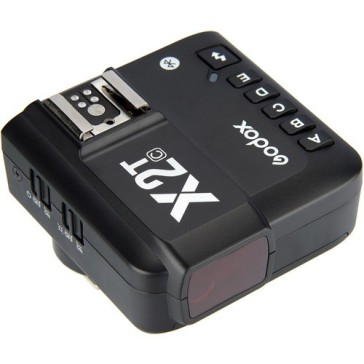
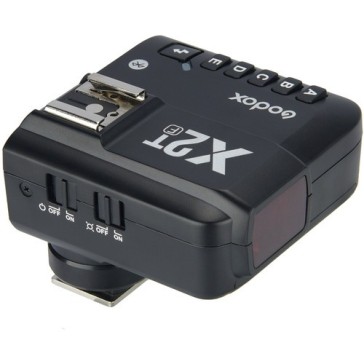
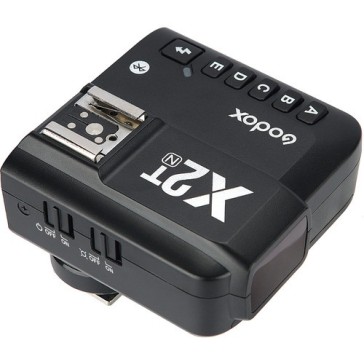
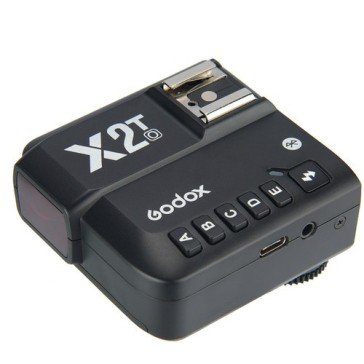
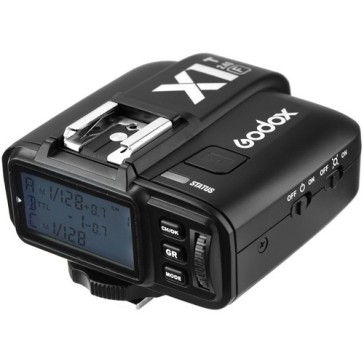
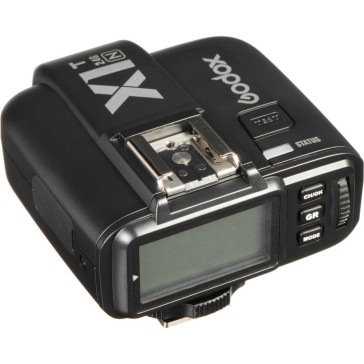
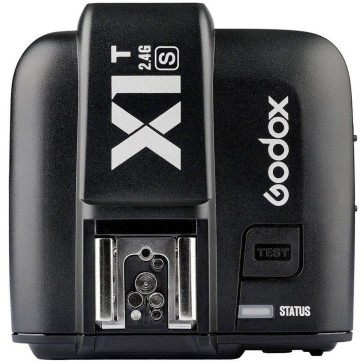
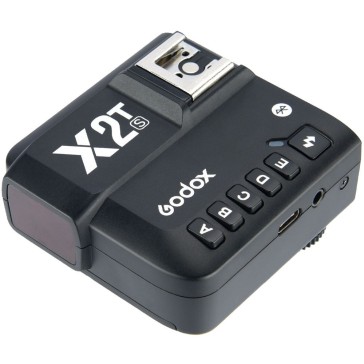
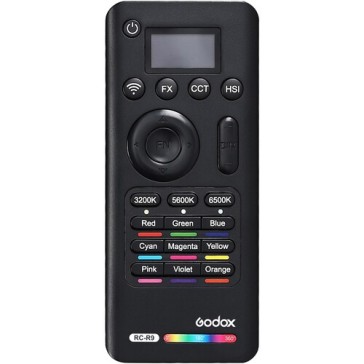
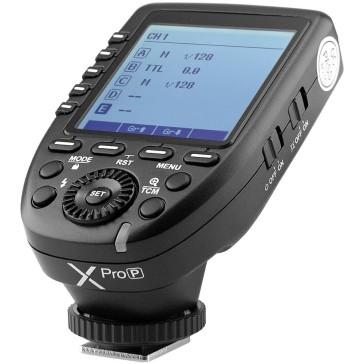

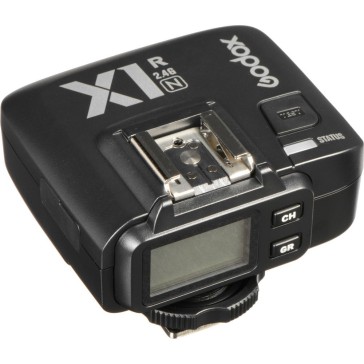
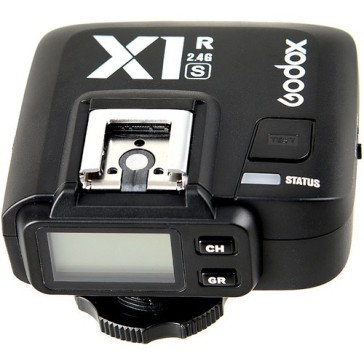
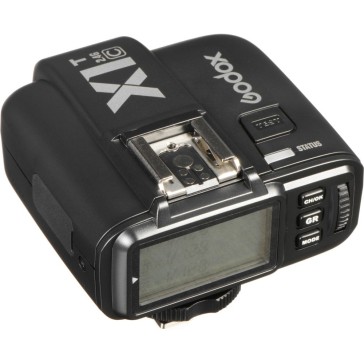
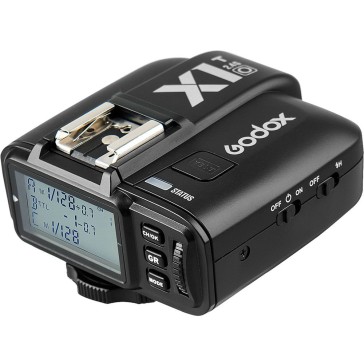
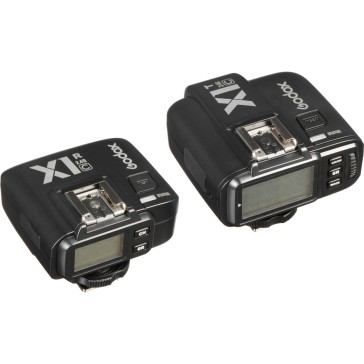
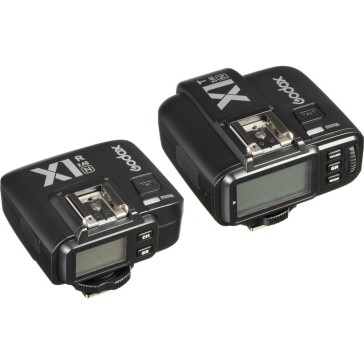
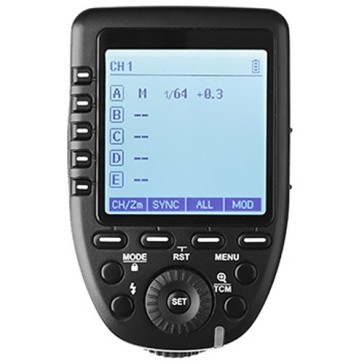
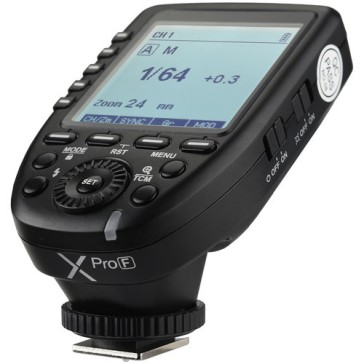
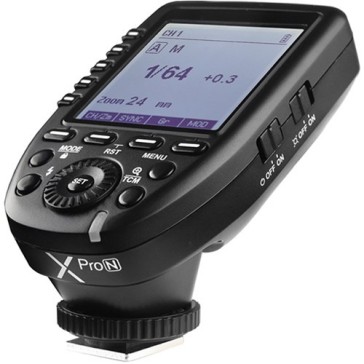
Photography Radio & Optical Triggers: Enhancing the Art of Capturing Moments
In the world of photography, capturing the perfect shot often requires more than just a camera and a keen eye. The use of specialized equipment, such as radio and optical triggers, can significantly enhance the quality and creativity of photographs. These triggers, though seemingly simple, play a pivotal role in off-camera flash photography, offering photographers greater flexibility and control over their lighting setups.
Understanding Radio Triggers
Radio triggers are wireless devices that allow photographers to remotely activate off-camera flashes. Unlike optical triggers, which rely on light signals, radio triggers use radio frequency signals to communicate between the camera and the flash. One of the primary advantages of radio triggering technology is that it eliminates the line-of-sight requirements for triggering off-camera flashes. This means that photographers can place their flashes in various positions, even behind obstacles, without worrying about signal interference.
The Significance of Optical Triggers
Optical triggers, on the other hand, use light to activate the flash. These systems, which include flash-based or infrared-based triggers, are especially effective in controlled environments like studios or indoor settings. While they may have limitations in terms of range and potential interference from other light sources, optical triggers offer a cost-effective solution for photographers just starting with off-camera flash photography.
Why Use Triggers in Photography?
Flexibility: Triggers allow photographers to position their flashes in various locations, enabling creative lighting setups that wouldn’t be possible with on-camera flashes alone.
Elimination of Shadows: By using off-camera flashes with triggers, photographers can eliminate harsh shadows and achieve a more balanced and natural lighting effect.
Enhanced Creativity: With the ability to control multiple flashes simultaneously, photographers can experiment with different lighting scenarios, adding depth and dimension to their shots.
Reliability: Especially in the case of radio triggers, the elimination of line-of-sight requirements ensures consistent and reliable flash activation.
Conclusion
In the realm of photography, the importance of radio and optical triggers cannot be overstated. They not only provide photographers with the tools to create stunning and professional-quality images but also open up a world of creative possibilities. Whether you’re a seasoned pro or just starting out, investing in a good set of triggers can elevate your photography game to new heights.
The primary advantage of using radio triggers in photography is that they eliminate the line-of-sight requirements for triggering off-camera flashes. This allows photographers to position their flashes in various locations, even behind obstacles, without signal interference.
Optical triggers use light, either flash-based or infrared-based, to activate the flash. They are effective in controlled environments like studios. In contrast, radio triggers use radio frequency signals and do not require line-of-sight, making them more versatile in various shooting conditions.
Triggers are essential for off-camera flash photography because they provide flexibility in positioning flashes, eliminate harsh shadows, enhance creativity by allowing control over multiple flashes, and ensure reliable flash activation.
Optical triggers can work outdoors, but they may have limitations in terms of range and potential interference from other light sources. They are best suited for controlled environments like studios or indoor settings.



Most units are shipped same day using professional courier services with tracking.
We work round the clock to ensure you get the highest level of customer satisfaction.
Well packed, Sealed Units are shipped from our warehouse which are waterpoof & sturdy.
Design Info
GST: 27AYUPJ2628P1ZK
No.1, Saremals, Shastri Hall Building,
Nana Chowk, Grant Road West,
Mumbai 400007, Maharashtra, India
New Delhi Branch – South Ex 2, 110049
Also Ships DAILY from Brisbane, Dubai,
Berlin, Barcelona, Detroit & Vancouver.
Connect online / schedule a demo
Call/WhatsApp: +91-9699976817
Email: [email protected]
Live Chat: Business Hours
Follow Us: @designinfo.in
Copyright © 2014-2022 Design Info All Rights Reserved. Feedback on web experience
Since 1969